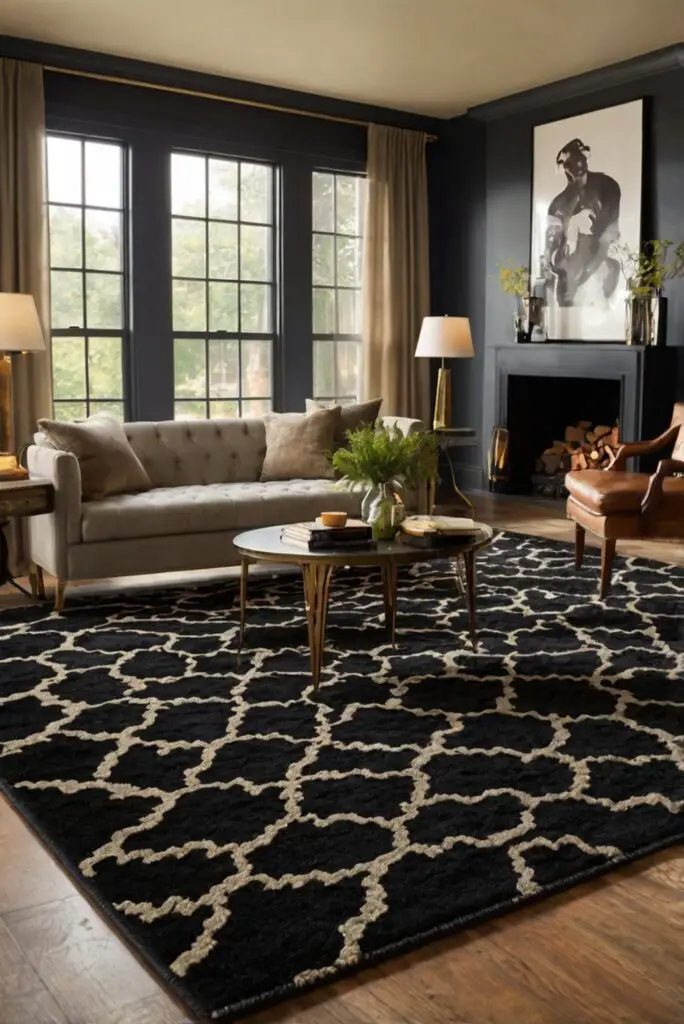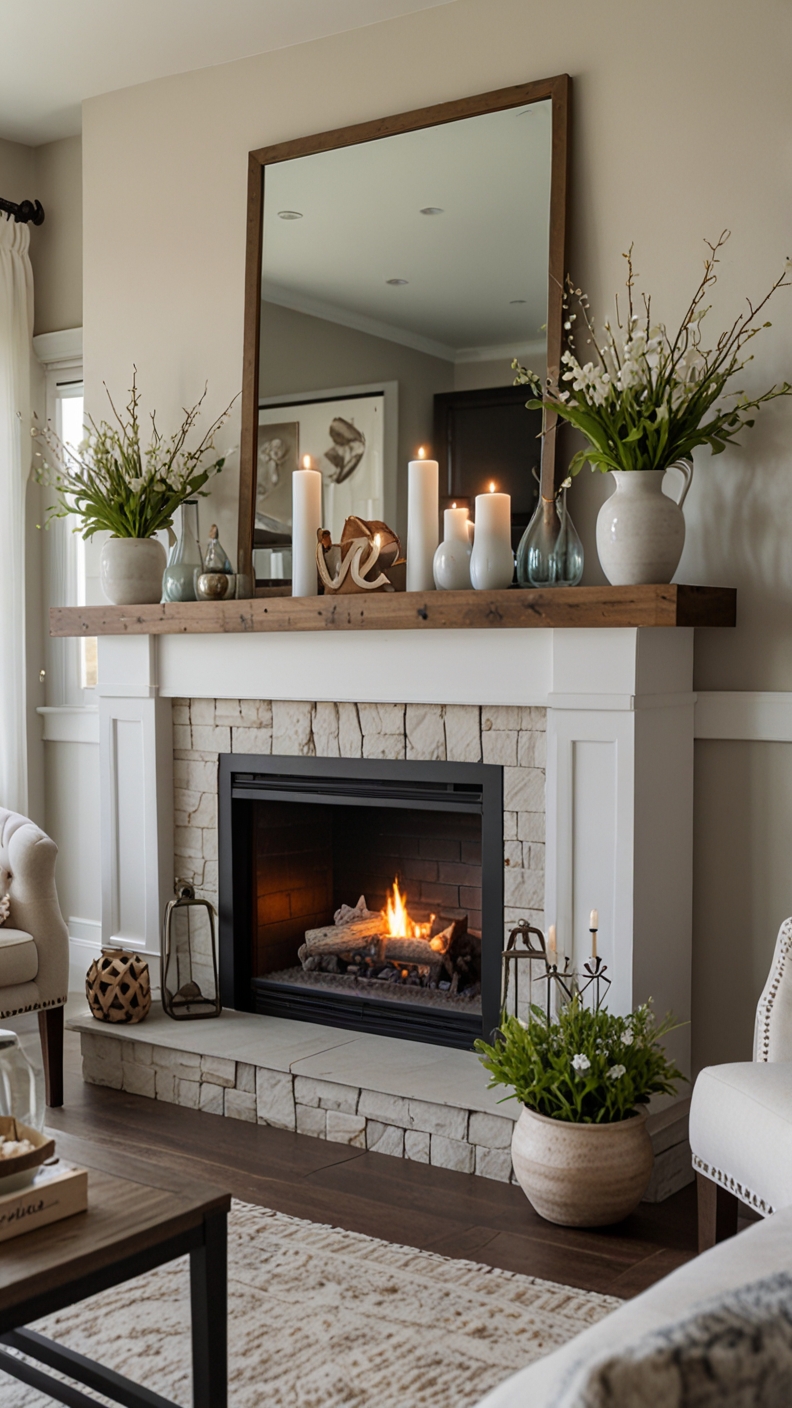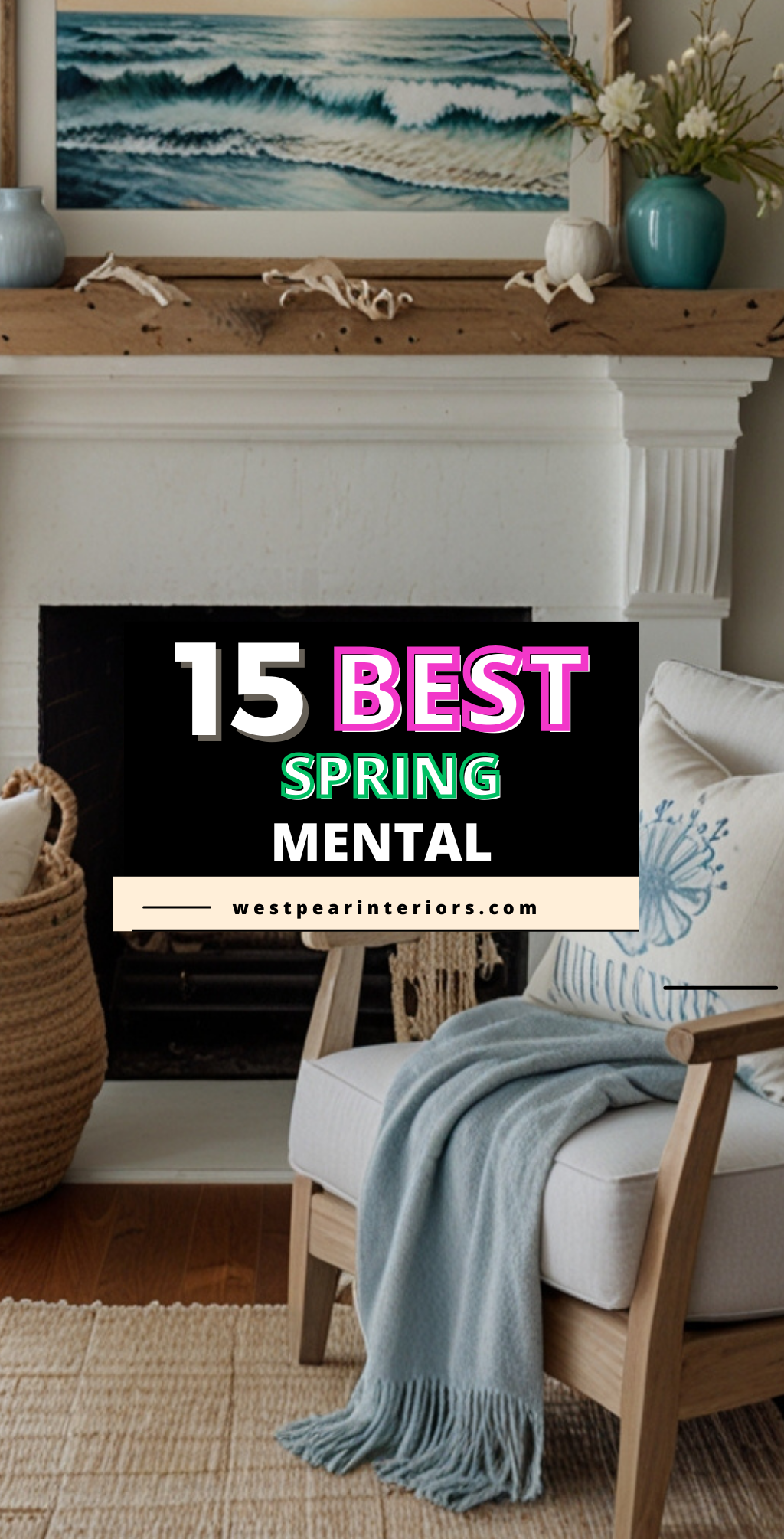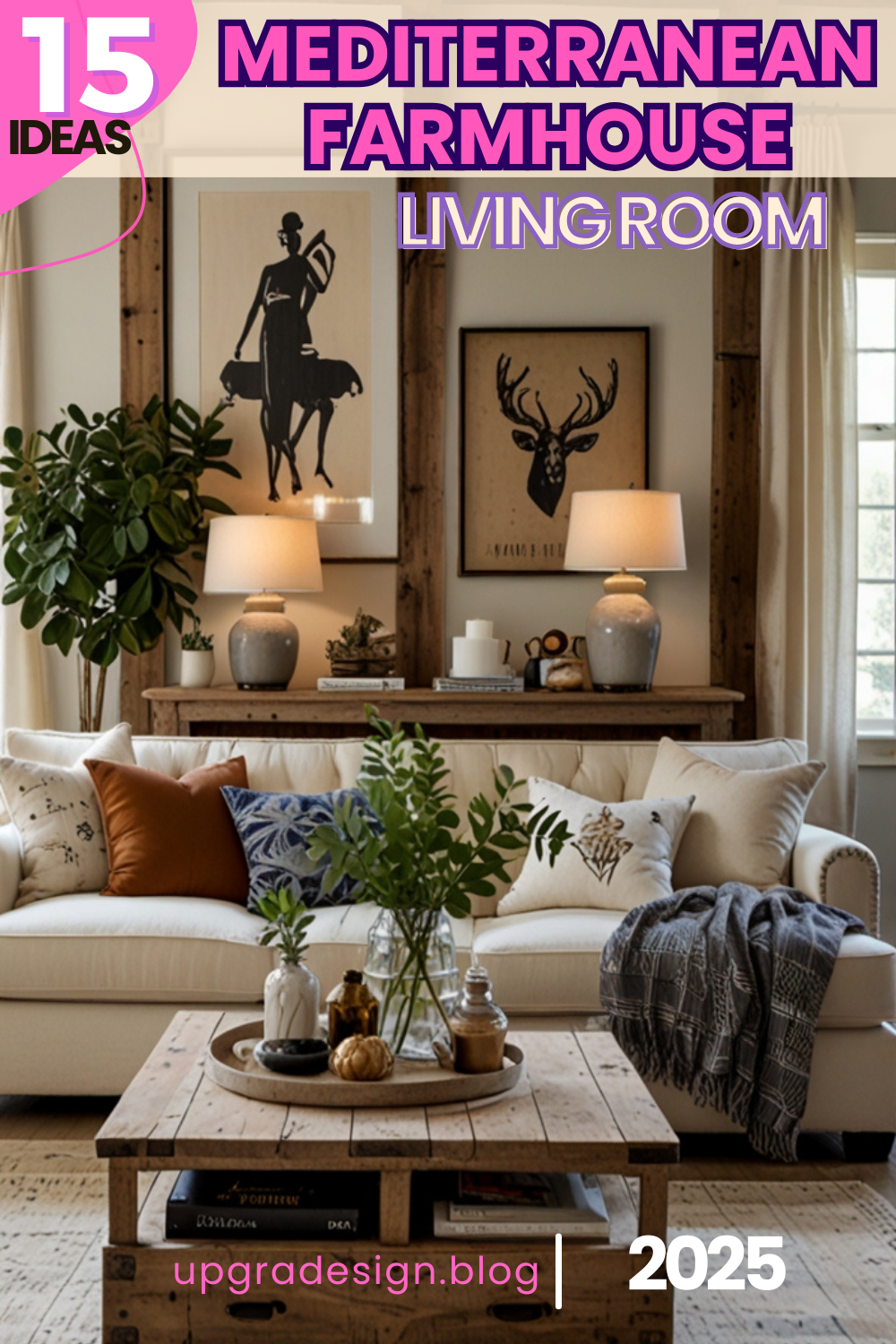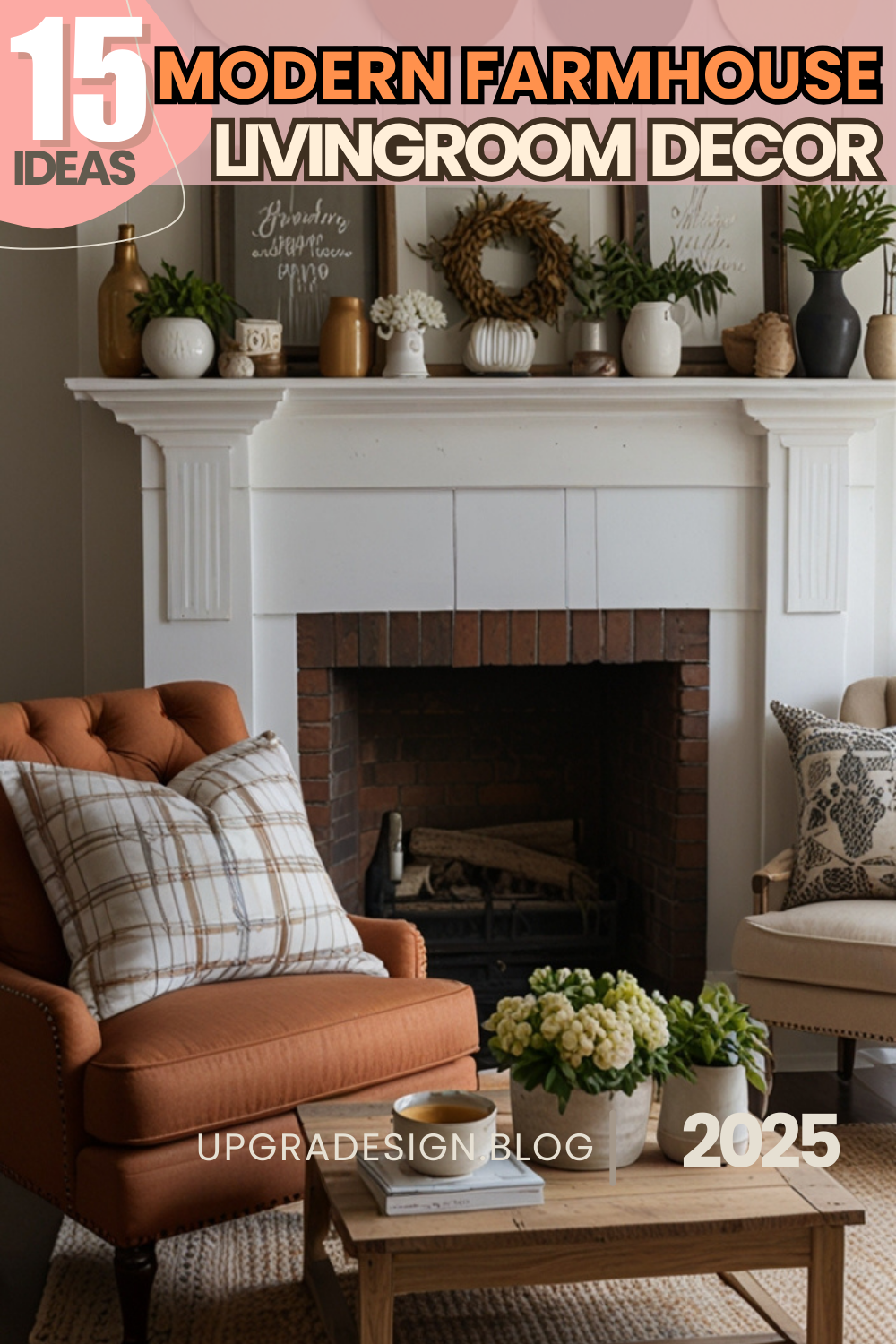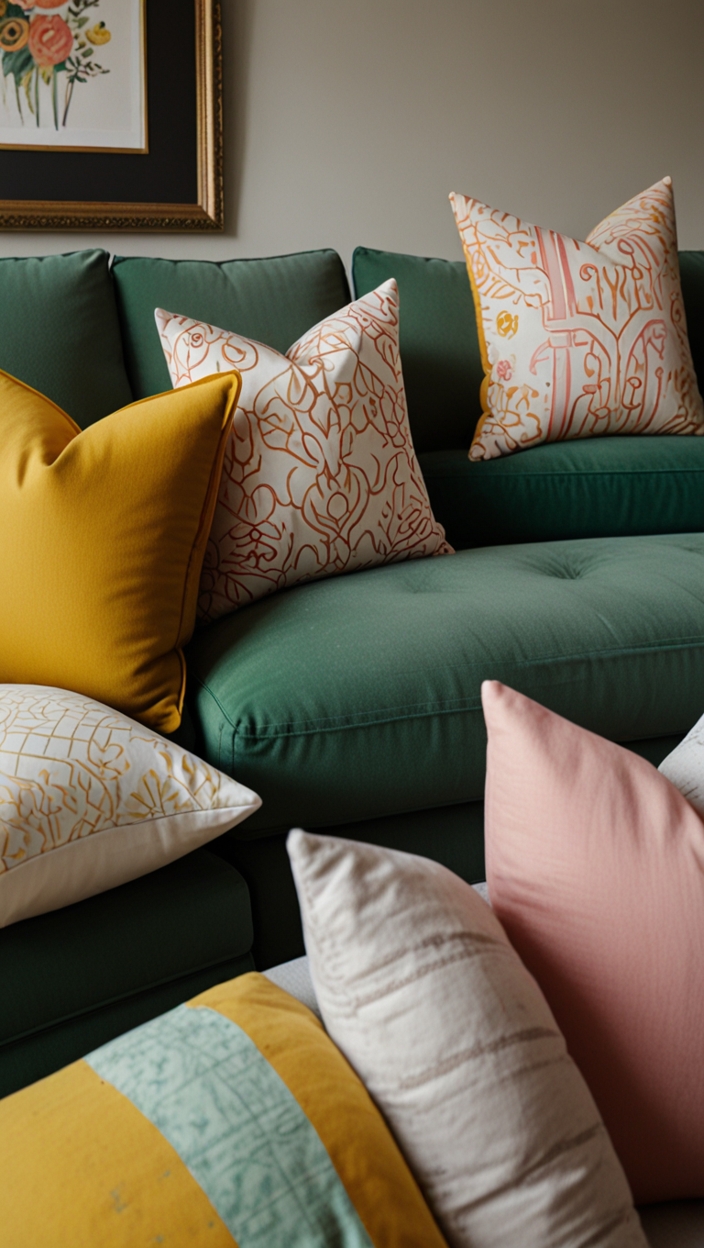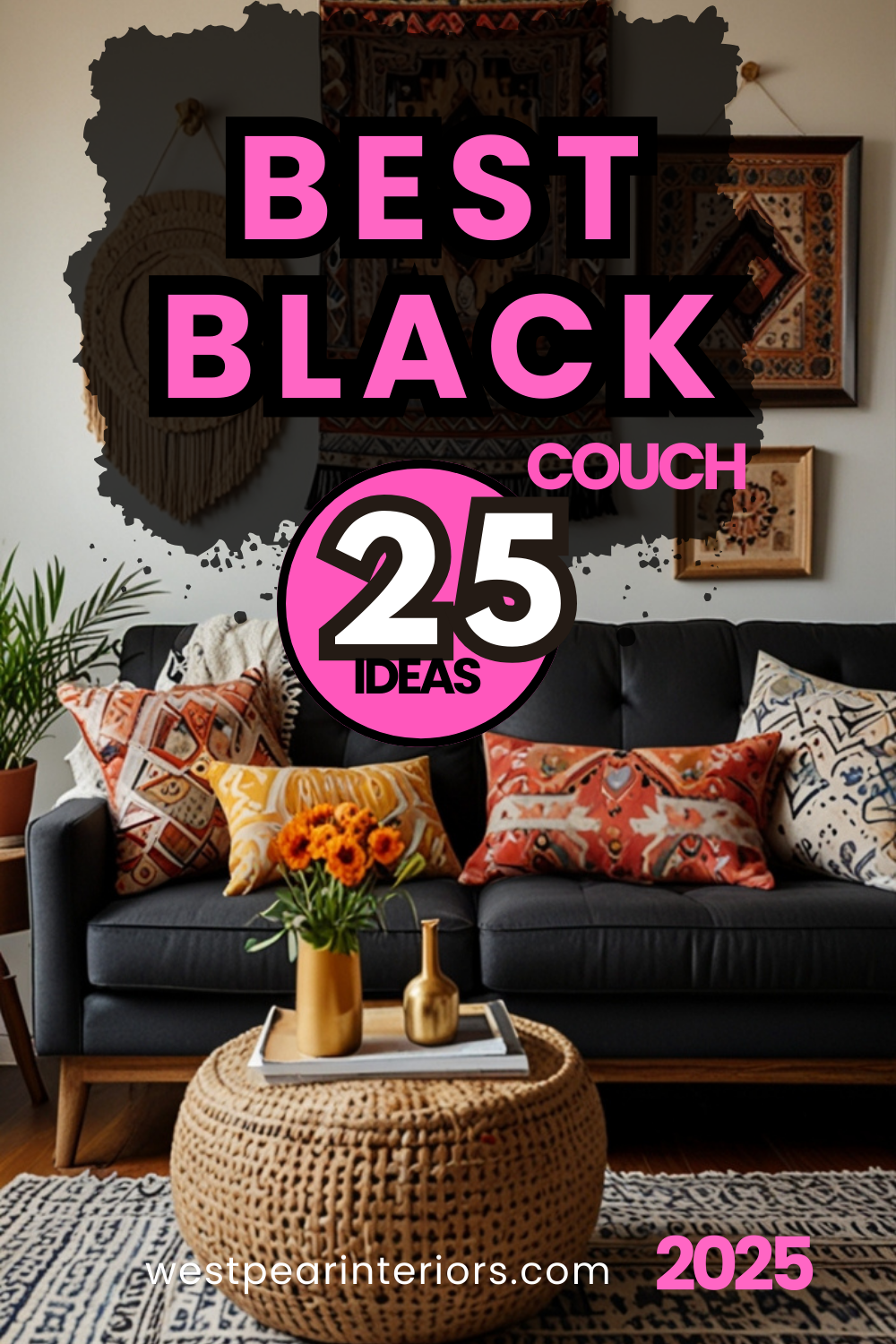Discover how rugs can transform your living room into a stylish oasis. Upgrade your interior design routine with this expert tip on creating a focal point.
To create a focal point in your living room using a rug, follow these steps:
1. Choose the right size rug that fits the seating area in your living room.
2. Select a rug that complements the color scheme of the room and adds visual interest.
3. Place the rug in the center of the seating arrangement to anchor the space.
4. Use the rug as a starting point for other decor elements such as throw pillows or wall art.
5. Consider the texture and pattern of the rug to add dimension to the room.
6. Regularly clean and maintain the rug to keep it looking fresh and vibrant.
7. Enjoy the cozy and inviting atmosphere a well-chosen rug can bring to your living room.
How to choose the right size of the rug for my living room?
My Lovely Spring Paint for 2025
Ready for a Spring Makeover? Explore the Freshest 2025 Paint Trends!
White Sage/Green SW Pistachio green Soft blue Honeysweet/Orange Pink Sugar Sage Tint BMAs an Amazon Associate, I may earn a commission from qualifying purchases at no extra cost to you.
When choosing a rug for your living room, size plays a crucial role in the overall aesthetics and functionality of the space. To determine the right size of the rug for your living room, consider the following points:
– **Measure the seating area:** The rug should be large enough to encompass all the key furniture pieces in the seating area, such as the sofa, chairs, and coffee table.
– **Leave space around the rug:** Ideally, there should be a border of flooring visible around the rug to create a balanced look.
– **Consider the room shape:** Rectangular rugs typically work well in square or rectangular rooms, while circular rugs can soften the angles in a square room.
– **Use masking tape:** Before purchasing a rug, outline the dimensions on the floor using masking tape to visualize how it will fit in the space.
– **Scale:** Ensure the rug is in proportion to the size of the room and the furniture it will be paired with.
– **Traffic flow:** Leave enough space between the rug and walls to allow for smooth traffic flow around the room.
– **Area coverage:** A larger rug can make the room feel more spacious and cohesive, while a smaller rug may create a disjointed look.
What is the best material for a rug in a high-traffic area?
For high-traffic areas like the living room, durability and easy maintenance are key factors when selecting the best rug material. Some recommended materials for rugs in high-traffic areas include:
– **Wool:** Known for its durability and natural stain resistance, wool rugs are a popular choice for high-traffic areas.
– **Polypropylene:** This synthetic material is budget-friendly, resistant to stains, and easy to clean, making it ideal for areas prone to heavy foot traffic.
– **Nylon:** Nylon rugs are resilient, easy to clean, and hold up well in busy spaces, making them a practical choice for the living room.
– **Polyester:** Soft to the touch and available in a variety of colors and textures, polyester rugs can withstand heavy use in high-traffic areas.
Can I layer rugs to create a focal point in my living room?
Layering rugs is a versatile design technique that can add depth, texture, and interest to a living room while creating a focal point. To layer rugs effectively, consider the following tips:
– **Mix textures:** Combining rugs with different textures, such as a plush rug over a natural fiber rug, adds visual interest.
– **Contrast sizes:** Layering a smaller rug over a larger one can create a sense of dimension and highlight specific areas of the room.
– **Coordinate colors:** Choose rugs that complement each other in terms of color palette to create a cohesive look.
– **Anchor with a rug pad:** To prevent slipping and ensure stability, use a rug pad between the layers of rugs.
– **Experiment with shapes:** Mixing rugs of different shapes, such as a round rug over a rectangular one, can create a unique focal point.
What are the benefits of using a rug as a focal point in a living room?
My fAV Spring DECOR for 2025
Discover Spring’s Best 2025 Decor Combinations – Perfect for Any Room!
Oversized Indoor Plants White Curved Sofas Rugs BOH Brown Cream Moroccan Hype Boho Rug Outdoor Patio Furniture Sets Topfinel Pillow CoversAs an Amazon Associate, I may earn a commission from qualifying purchases at no extra cost to you.
Using a rug as a focal point in a living room offers various benefits, including:
– **Visual interest:** A well-chosen rug can add color, pattern, or texture to a space, instantly drawing the eye and creating visual interest.
– **Define the space:** A rug can delineate different areas within an open-plan living room, such as the seating area or dining area.
– **Warmth and coziness:** Rugs provide a soft and comfortable surface underfoot, enhancing the cozy ambiance of the living room.
– **Acoustic benefits:** Rugs can help absorb sound, reducing echoes in a room and creating a more pleasant acoustic environment.
– **Flexibility:** Changing the rug can easily update the look and feel of the living room without the need for major renovations.
How to prevent a rug from slipping on hardwood floors?
To prevent a rug from slipping on hardwood floors and ensure safety and stability, consider the following methods:
– **Rug pads:** Invest in high-quality rug pads that provide grip and cushioning, helping to keep the rug in place.
– **Velcro strips:** Attach adhesive-backed Velcro strips to the underside of the rug and the floor to prevent slipping.
– **Double-sided tape:** Secure the edges of the rug to the floor using double-sided carpet tape for added stability.
– **Furniture anchoring:** Place heavy furniture on the edges of the rug to anchor it down and prevent movement.
– **Rubber mesh underlay:** A rubber mesh underlay placed between the rug and the floor can provide traction and prevent slipping.
What color rug would complement a neutral-colored living room?
When choosing a rug color to complement a neutral-colored living room, consider the following color schemes:
– **Bold contrast:** A rug in a bold color such as deep blue, emerald green, or rich burgundy can create a striking focal point in a neutral room.
– **Earthy tones:** Natural hues like beige, taupe, or warm browns can complement a neutral palette while adding warmth and depth to the space.
– **Monochromatic:** Opt for a rug in varying shades of the same color as the walls or furniture for a cohesive and harmonious look.
– **Pastel shades:** Soft pastel colors like blush pink, pale blue, or mint green can add a delicate touch to a neutral living room without overpowering the space.
– **Patterned rugs:** Consider a rug with a subtle pattern or geometric design in neutral tones to add visual interest while maintaining a cohesive aesthetic.
Why is it important to consider the style of furniture when selecting a rug for a living room?
The style of furniture plays a crucial role in determining the right rug for a living room due to the following reasons:
– **Harmony:** The rug should complement the style of the furniture to create a harmonious and cohesive look in the room.
– **Scale and proportion:** Matching the rug size to the furniture scale helps achieve visual balance and proportion in the space.
– **Color coordination:** Considering the furniture color and upholstery when selecting a rug ensures that the elements work together to enhance the overall decor.
– **Texture and pattern:** Coordinating the rug’s texture and pattern with the furniture pieces can add depth and dimension to the room.
– **Functionality:** The rug should serve both a decorative and practical purpose, aligning with the functional needs of the furniture layout in the living room.
Key Takeaways
– **Choosing the right rug size:** Measure the seating area, leave space around the rug, and consider the room shape for the perfect fit.
– **Best materials for high-traffic areas:** Wool, polypropylene, nylon, and polyester are ideal choices for durability and easy maintenance.
– **Layering rugs for a focal point:** Mix textures, contrast sizes, and coordinate colors for a visually appealing look.
– **Benefits of using a rug as a focal point:** Adds visual interest, defines space, provides warmth, and offers flexibility in design.
– **Preventing slipping on hardwood floors:** Use rug pads, Velcro strips, double-sided tape, furniture anchoring, or rubber mesh underlay.
– **Complementing neutral rooms with rug colors:** Choose bold contrast, earthy tones, monochromatic schemes, pastel shades, or subtle patterns.
– **Considering furniture style for rug selection:** Ensure harmony, scale, color coordination, texture matching, and functionality for a cohesive living room design.

